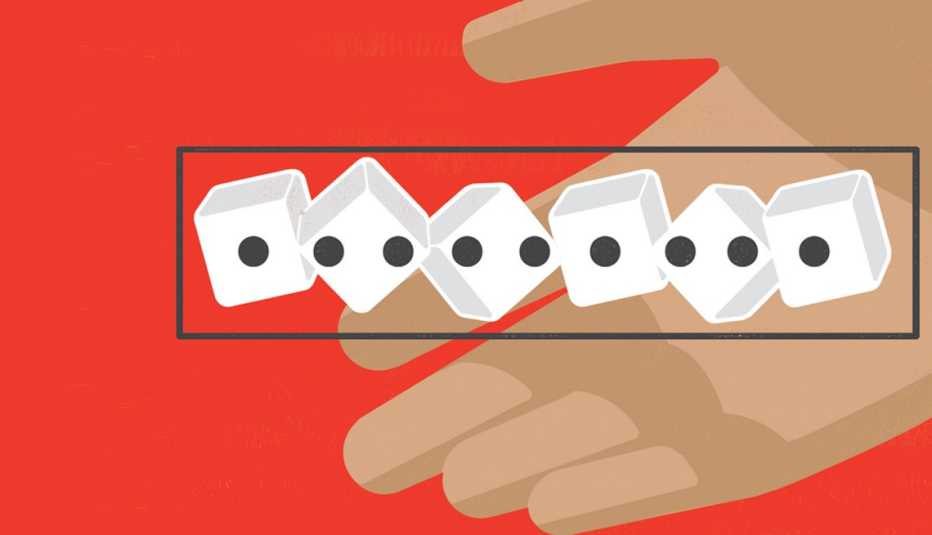AARP Hearing Center


One day in late September, I woke up to an alarming text from my investment adviser, saying he had replied to the email I’d sent him. Problem was, I hadn’t sent him an email. Muttering expletives, I hurriedly checked online and saw that someone had logged in to my investment account and transferred out $4,000. I’d been hacked and robbed.
Up to then, I had felt safe from the scourges of phishing attacks and fraud, as I considered myself a savvy internet traveler. But it quickly became clear that cyberthieves were far more savvy than me. Within days, I was facing a full-on assault from online thieves.
Even before the $4,000 was stolen, I’d noticed unusual activity in my accounts. I had received fraud alerts on two credit cards within minutes, both of which I canceled.
Now, knowing the attack was real, I checked my online account at a large retail chain. Two smartphones were in the shopping cart, to be shipped to a sketchy mail drop point in Reisterstown, Maryland, a locale I’d never visited. My digital wallet had a Bancorp Bank credit card, which I hadn’t ordered. Did hackers have all my passwords?
Next, I discovered that my Amazon account had been locked due to suspicious activity. I hadn’t received any notifications from Amazon, so I called customer service. A smart representative advised me to check my email account and look at any filters that had been set up. As he suspected, hackers had blocked all emails from Amazon or my bank. This meant the hackers had not only my Amazon password but my email password too.
I suspected my computer might have malware, but two programs showed it was clean. My computer consultant mentioned that he’d once been hacked through his router, which he told me was the most vulnerable part of a home network, so I changed the router password and the Wi-Fi password too.
Next step was the time-consuming project of changing dozens of website passwords, one by one. When I opened my password manager and looked at the account data, I saw it had been accessed by two browsers that weren’t mine. Both were computers in Reisterstown.




































































More From AARP
6 Top Scams to Watch Out for in 2024
Criminals are supercharging old scams with new technologyHow a Connecticut Woman Lost $165,000 in an FBI Impersonation Scam
Her large cash withdrawals didn’t raise red flags at her bank. She wishes they had8 Scams That Senior Medicare Patrols Are Seeing
Old cons are recycled to take advantage of news reportsRecommended for You